AOHi Modular Extension USB-C Cable Set Review
The AOHi Modular Cable Set is versatile and excels at various travel purposes; however, some users may find the additions excessive for their needs.
Our Verdict
Save time. Get access to brief summaries of our reviews so you can browse and make decisions more efficiently.
Pros
- Cable is more durable cable than comes with most phones
- Attaching one end to another is easy and structured
- Handy light shows when it’s working
Cons
- Weighs a lot for a charging cable
- If you lose one of the pieces, it’s much less effective
- Case feels larger than it needs to be
Technical Details
-
Weight (oz)
8.85 oz (250.9 g)
-
Dimensions
67 in (170.2 cm)
coiled cable | 31.2 in - long cable | 4 in - short cable
-
Notable Materials
Plastic, Silicone, Aluminum, Kevlar, Nylon
-
Manufacturing Country
China
-
Warranty Information
Full Review
At first glance, the AOHi Modular Extension USB-C Cable Set looks complicated. There are a lot of pieces to work with, and it may take some getting used to. However, after looking through said pieces, it appears to be a useful piece of tech. Will its functionality outweigh the number of bits and pieces you must bring to make it work? Let’s find out.
The Rundown
Before we dive into the modularity of this system, let’s chat about the different kinds of available cables. Two materials offer different durability and will feel unique in your hand, too.
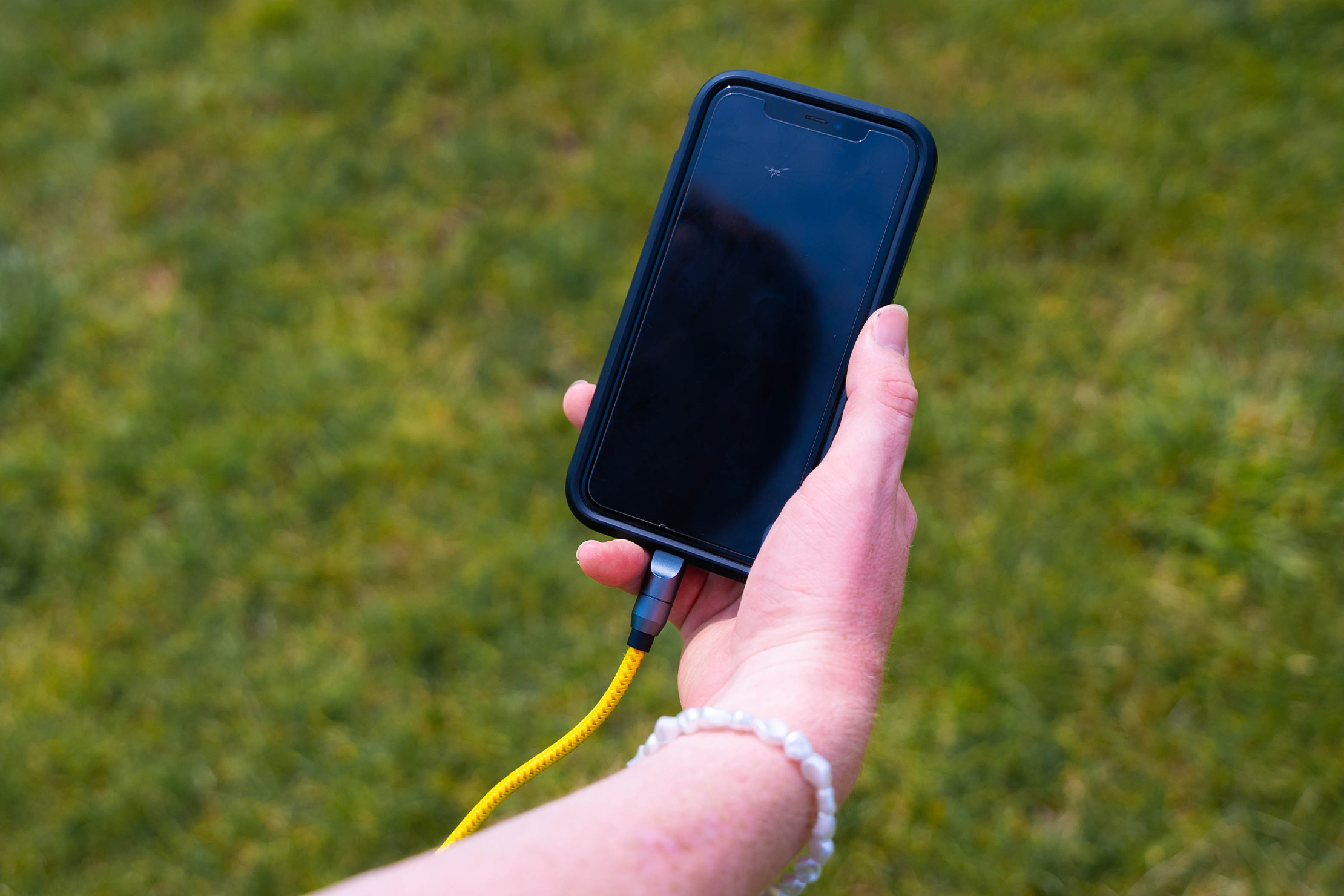
The first option is Skin-Liked Rubber, which you’re probably used to from a charging cable. It’s tough rubber that’s resistant to breaking or splicing. It’s pretty durable but isn’t as rugged as the second option.
The other cable is Kevlar+Nylon Braided, which offers more durability but feels rougher to hang onto. This cable costs roughly $10 more at the time of writing, which is worth considering when purchasing. If you plan to go on more rugged adventures, the Kevar+Nylon is probably the right move. However, the Skin-Liked Rubber should be more than fine for most uses.
Both variations have metal ends that are far more durable than the standard plastic ones you’ve probably used in the past. They can take a beating, which is ideal for trips in rugged places or if you need to use them for work and want to be sure they won’t bust. These cables can connect (we’ll get to that), and the connection uses a screw-on cap so that they won’t pop apart while you’re using them. This might seem like overkill to some, but it’s a great way to ensure your charging isn’t interrupted.
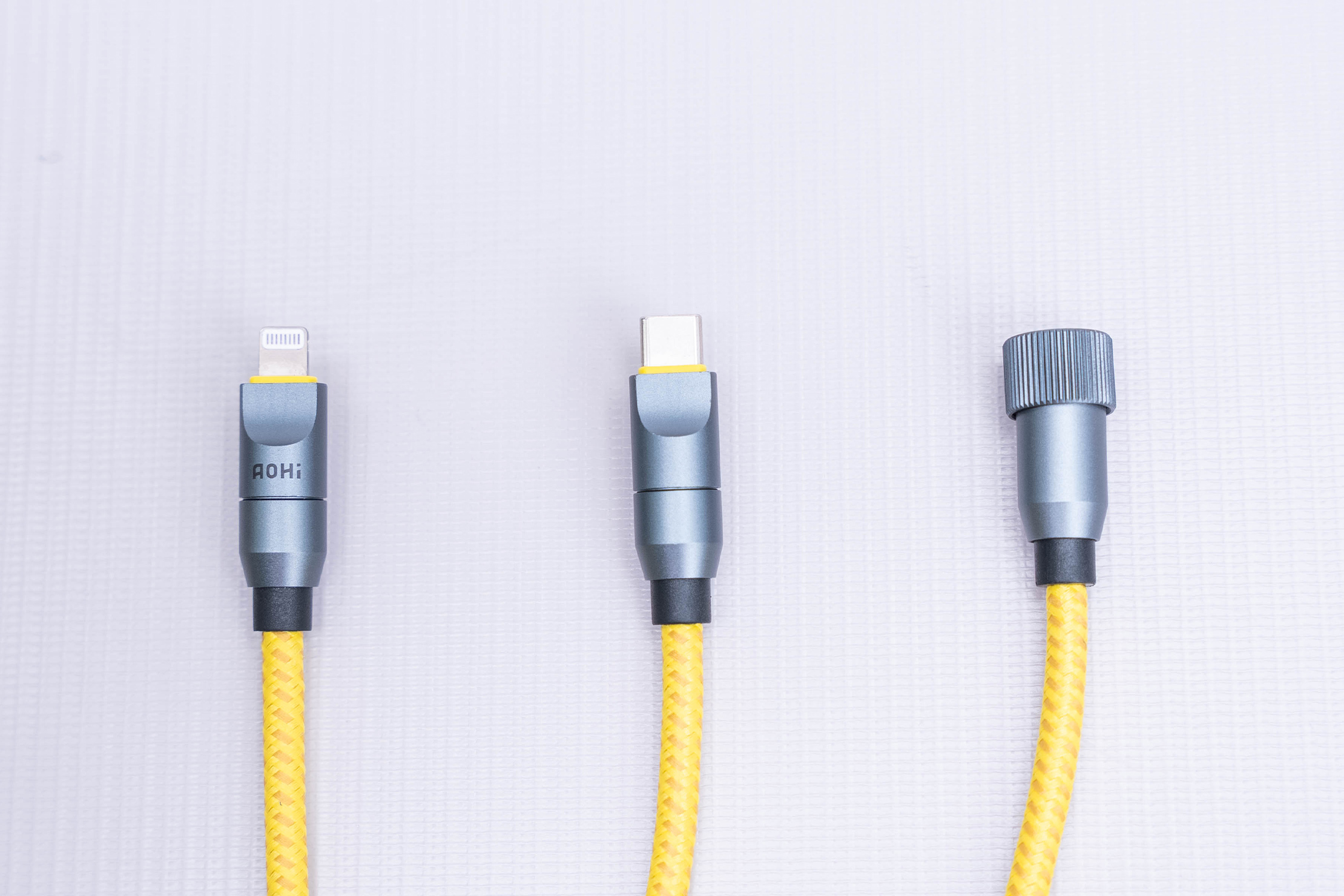
Okay, let’s get into the fun part. This cable set is modular, and all of them work together. Let’s go over it piece by piece.
The shortest piece is usable on its own and advertised as suitable for handheld charging with a power bank. At 10 centimeters (4 inches), this is a solid length for such use. There are two of these—a USB-C to Lightning and USB-C to USB-C, so you’re covered on both ends of the spectrum. If you don’t typically use a power bank, these will still come in handy later.
The second cable stretches roughly 35 inches (88.9 centimeters) and doesn’t function on its own. One end has a USB-C port, and the other has a USB-C female port. To use this cable, you attach one of the two smaller cables we went over earlier and connect it to the female end. You do this by screwing the pieces together, which takes some getting used to but isn’t so bad after you’ve done it a few times. When you plug it in, a light on the smaller cable will illuminate, so you know it’s working correctly. In low current mode, it’ll be green; standard will be blue; for fast charging, it’ll be yellow and blinking. Utilizing this method, you’ll reach .9 meters (3 feet) in total length.
The final cable is a coil model reminiscent of an old-school corded telephone. It spirals to save space and stay out of your way when not in use. When you need more cable, it uncoils and gives you that extra juju. You can use this cable in two ways—with just one of the short cables (which stretches 1.8 meters or 6 feet) or all three cables (to reach 2.6 meters or 8.5 feet). Although the cable will stretch out over time, it has no issue uncoiling while you’re using it and goes back in place with some pressure

This cable can fast charge your devices and operate up to 240 watts for larger devices, enabling fast charging for most phones, which is ideal for travel. After all, if you can spend less time charging your phone, wouldn’t you want to?
This USB 3.0 cable is dazzlingly fast for data transfer if you’ve only used older 2.0 cables. In the modern era, transferring files via USB isn’t as standard; however, in certain countries, you may have to do so instead of using newer technology like Bluetooth or Wifi, so it’s nice to have the option.
All of this fits into one case. It’s made of silicone and fairly easy to pack away. It feels like it could have been smaller—but that would have made it harder to fit all the cables inside.
Packability
When it comes to taking it with you, you have two options: bring the case or a cable alone. There are pros and cons to each method.
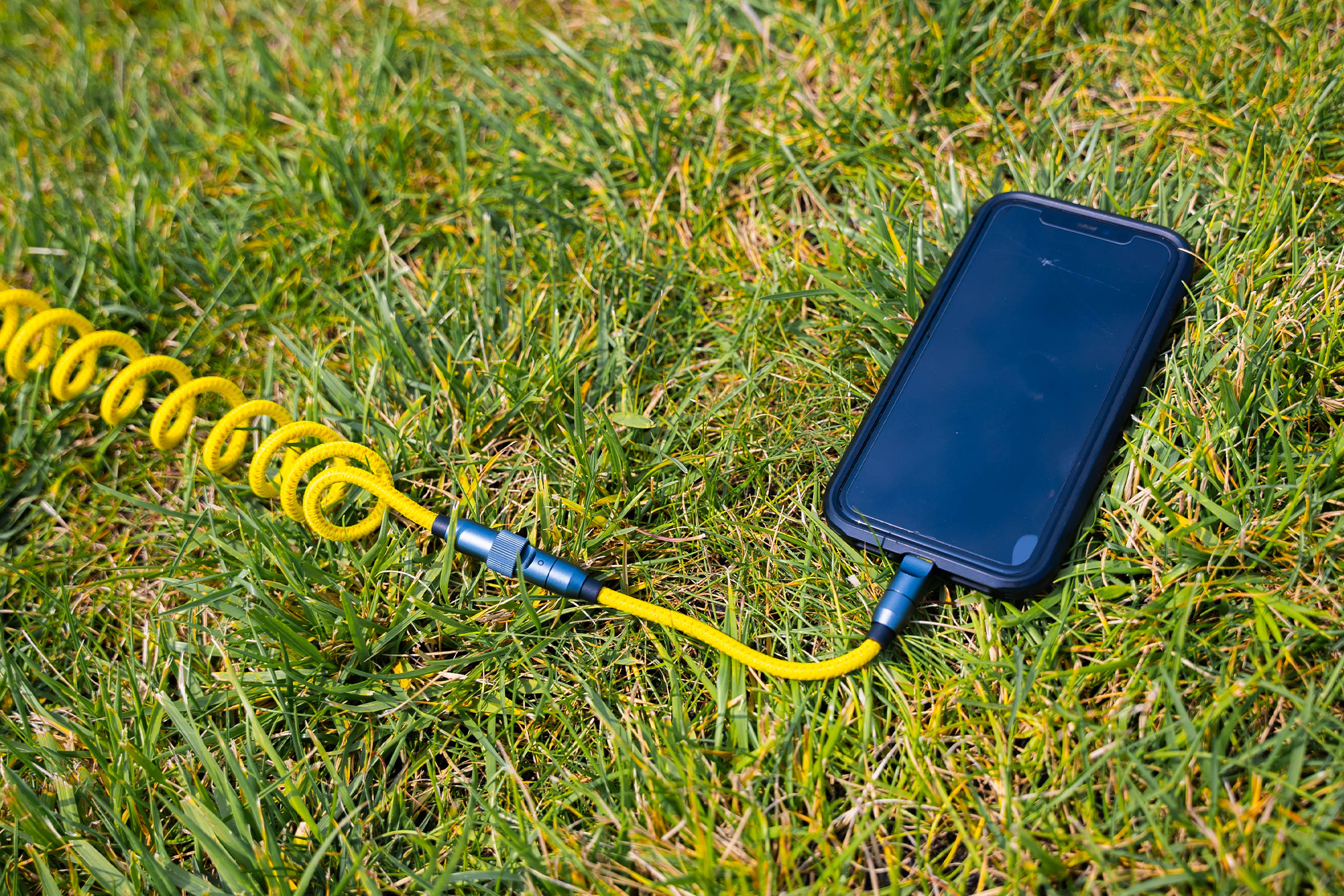
If you bring the case, everything is contained in one place, and you don’t have to worry about where you put it. However, the case adds weight and feels a bit large for the job it’s tasked with, so you’re wasting space inside your pack.
If you bring the cables without the case, you are saving space, but you risk losing one of the cables, making the entire system less useful. For this method, you should attach all cables together so you’re less likely to lose one. You can only connect one small cable at a time, so you can utilize the hook and loop fastener on the middle-sized cable to attach it there. This isn’t a foolproof plan, but it works pretty well and saves you a bit of space. If you have a large tech pouch to stow it in, that works well, too.
Overall, this cable system comes in on the heavier side. The cables alone will run you 151 grams (5.33 ounces); with the case, it’ll bump up to 255 grams (9 ounces). That isn’t a ton in the grand scheme of things; however, if you’re counting ounces, it might be more than you’re looking to compromise on. For most uses, it’ll slide into a daypack or travel backpack without issue; however, it won’t work for smaller slings.
Quick Comparison
Before we compare the AOHi Cable Set with another model, let’s compare the two models. As mentioned earlier, the Kevlar+Nylon Braided option is more durable but will add some weight and cost you a bit more money. The choice between the two comes down to how tough you need your cable to be and if a few extra dollars is worth it.
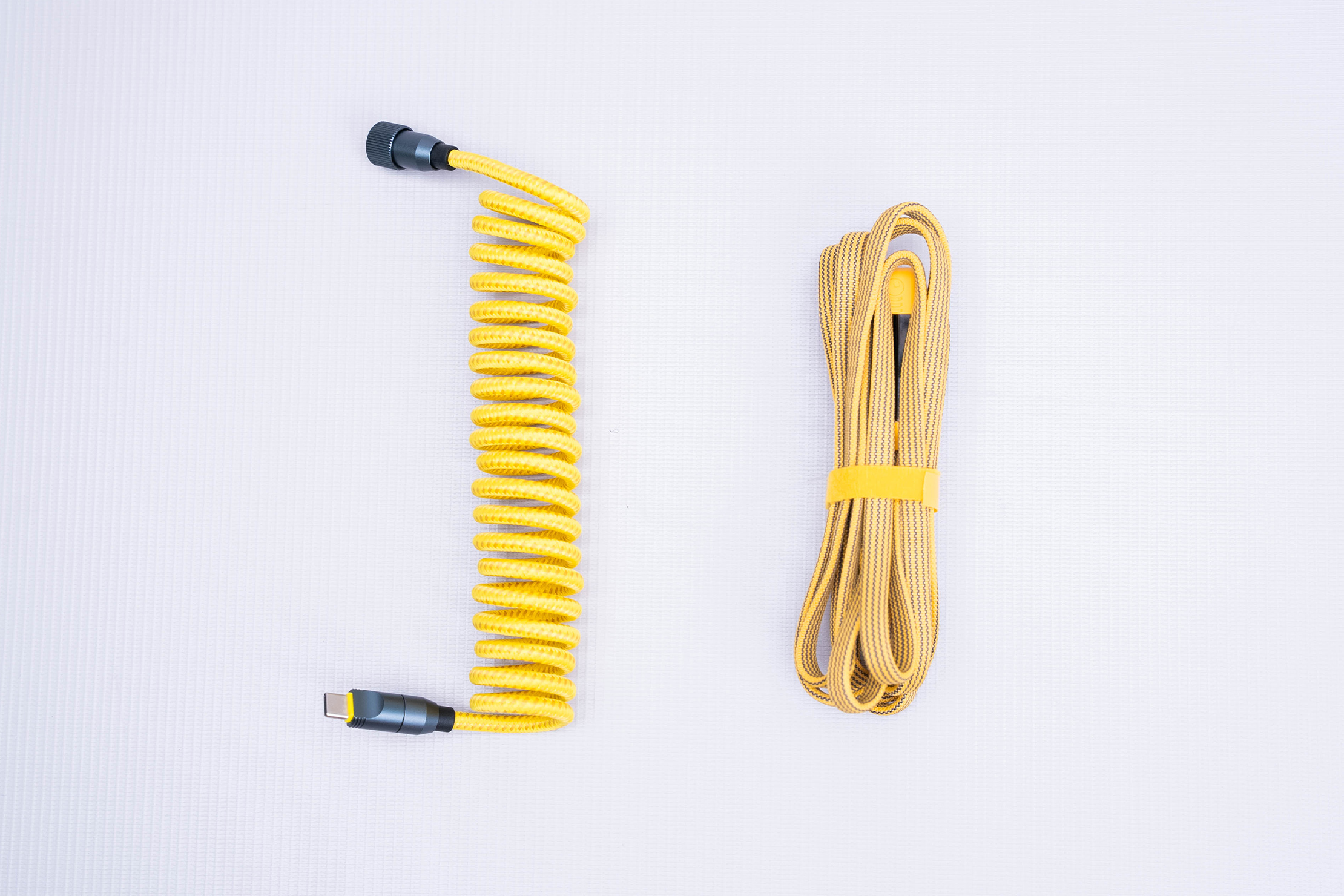
A cable worth comparing to the AOHi is the Rolling Square inCharge XL. Although they share a color scheme, the inCharge cable has USB-C, Lightning, and USB-A adapters. The inCharge maxes out at 100W, which is significantly less than the AOHi.
The main difference between these cables is that the AOHi is modular, whereas the Rolling Square has built-in features. You have to go with the 1, 6.5, or 10-foot options; you can’t mix and match like you can with the AOHi. This won’t be an issue for many travelers; however, the AOHi is a good bet for those who like to get crafty while charging or hate when there’s extra cable on your desk.
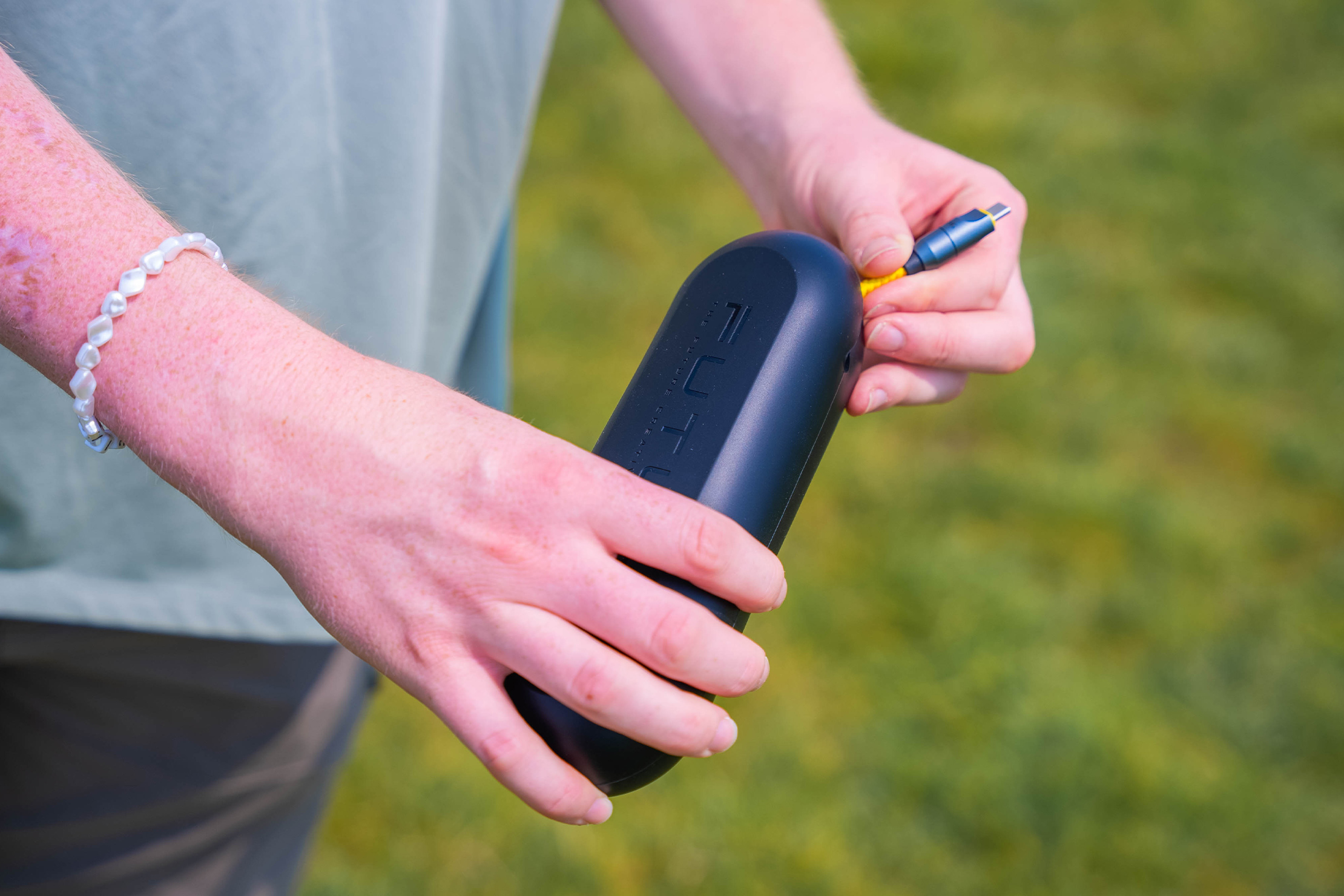
Another key difference is that, at the time of writing, the inCharge is less than half the price. Ultimately, you need to decide whether or not the extra modularity is worth it to you or if you want a basic cable that can charge multiple devices!
Usage Timeline
Condition: Excellent
- There’s a lot going on here—this isn’t your standard charging cable
- The yellow colorway makes it easy to find in your pack
- We’re curious how easily this will work into a typical tech pouch workflow
Condition: Excellent
- Materials are extraordinarily durable and rugged
- No scuffs, loose threads, or issues with the braid so far
- It is a little heavier than we’re used to

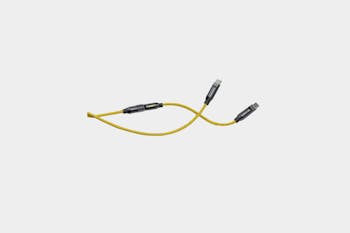






Get your questions about the AOHi Modular Extension USB-C Cable Set answered from our team and the Pro Community right here on the page. Plus, join discussions with other members about gear, guides, and more.
Join Pack Hacker Pro or, Sign In